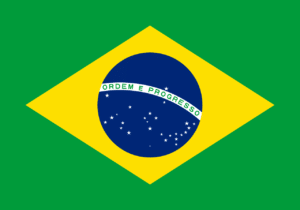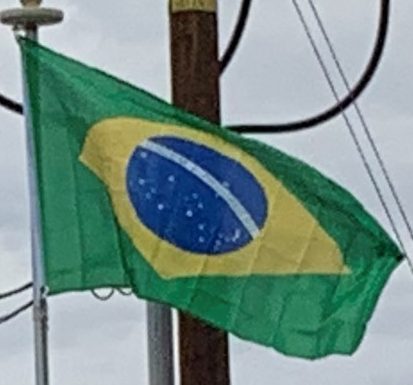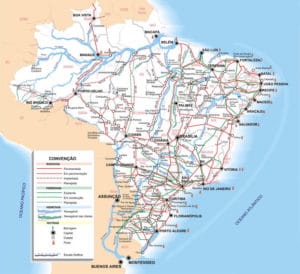
President Juscelino Kubitschek (1956–61), who designed and built the capital Brasília, was a supporter of highways. Kubitschek was responsible for the installation of major car manufacturers in the country (Volkswagen, Ford and General Motors arrived in Brazil during his rule) and one of the points used to attract them was support for the construction of highways. With the implementation of Fiat in 1976 ending an automobile market closed loop, from the end of the 1990s the country has received large foreign direct investments installing in its territory other major car manufacturers and utilities, such as Iveco, Renault, Peugeot, Citroen, Honda, Mitsubishi, Mercedes-Benz, BMW, Hyundai, Toyota among others. Brazil is the seventh most important country in the auto industry.
Brazil’s railway system has been declining since 1945, when emphasis shifted to highway construction. The total length of railway track was 19,185 miles in 2002, as compared with 19,789 miles in 1970. Most of the railway system belonged to the Federal Railroad Corporation RFFSA, which was privatized in 2007. The São Paulo Metro was the first underground transit system in Brazil. The other metro systems are in Rio de Janeiro, Porto Alegre, Recife, Belo Horizonte, Brasília, Teresina and Fortaleza.
Currently, the Brazilian government, unlike the past, seeks to encourage rail transport; an example of this incentive is the project of the Rio–São Paulo high-speed rail, that will connect the two main cities of the country to carry passengers.
There are about 2,500 airports in Brazil, including landing fields: the second largest number in the world, after the United States. São Paulo–Guarulhos International Airport, near São Paulo, is the largest and busiest airport with nearly 20 million passengers annually, while handling the vast majority of commercial traffic for the country.
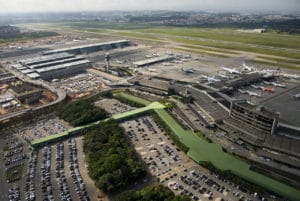
For freight transport waterways are of importance, e.g. the industrial zones of Manaus can be reached only by means of the Solimões–Amazonas waterway 2,020 miles with 20 feet minimum depth. The country also has 31,000 miles of waterways.
Coastal shipping links widely separated parts of the country. Bolivia and Paraguay have been given free ports at Santos. Of the 36 deep-water ports, Santos, Itajaí, Rio Grande, Paranaguá, Rio de Janeiro, Sepetiba, Vitória, Suape, Manaus and São Francisco do Sul are the most important.
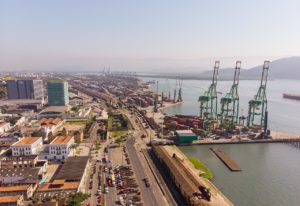
Flag of Brazil:
The flag of Brazil, is a blue disc depicting a starry sky (which includes the Southern Cross) spanned by a curved band inscribed with the national motto “Ordem e Progresso” (“Order and Progress”), within a yellow rhombus, on a green field. Brazil officially adopted this design for its national flag on November 19, 1889 — four days after the Proclamation of the Republic, to replace the flag of the Empire of Brazil. The concept was the work of Raimundo Teixeira Mendes, with the collaboration of Miguel Lemos, Manuel Pereira Reis and Décio Villares.
